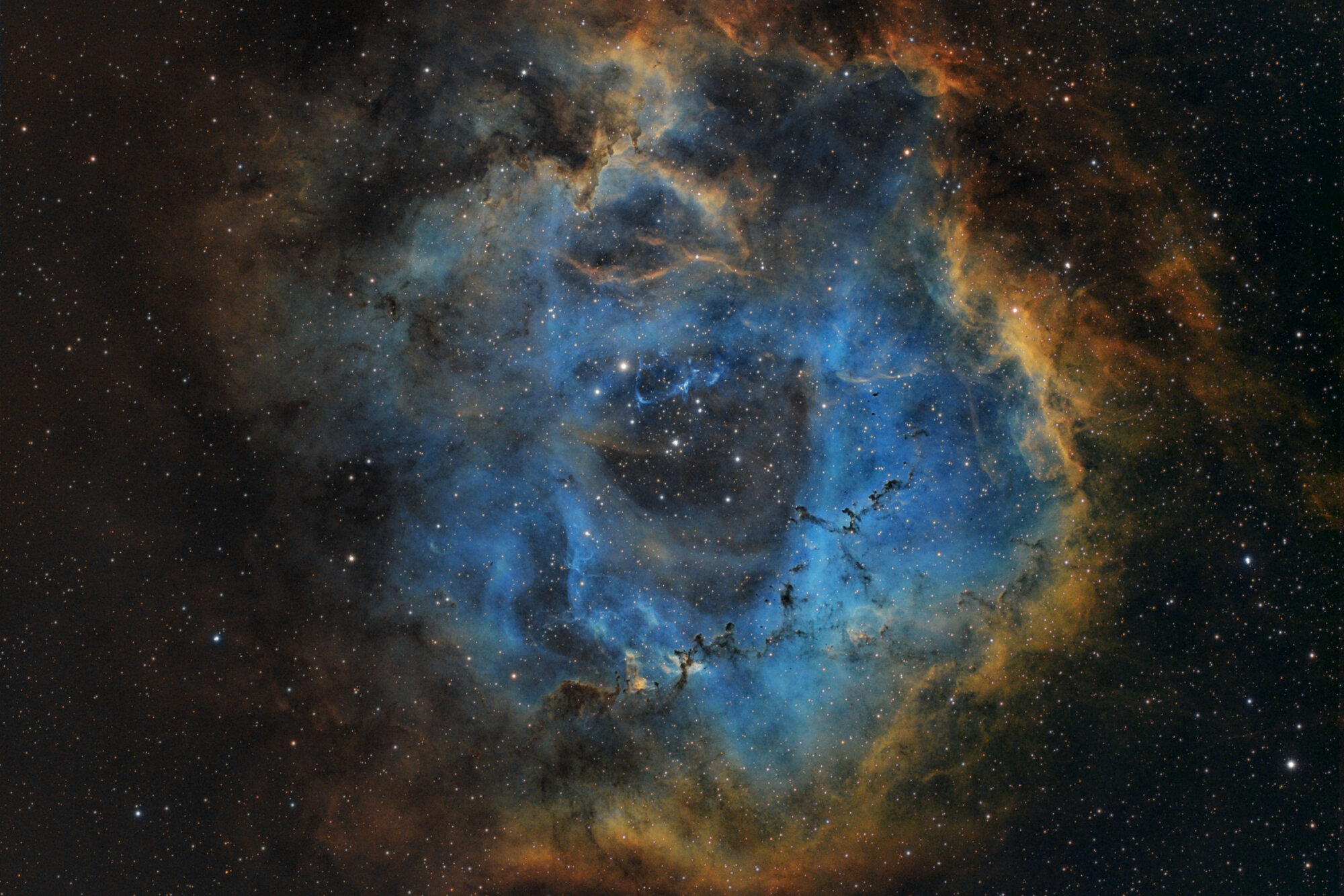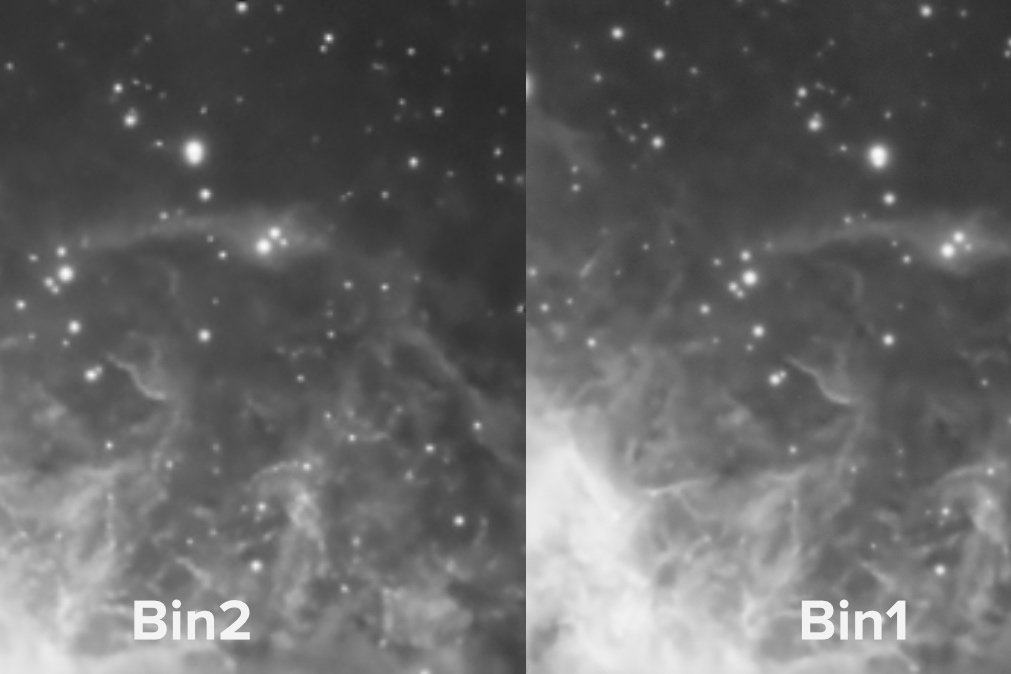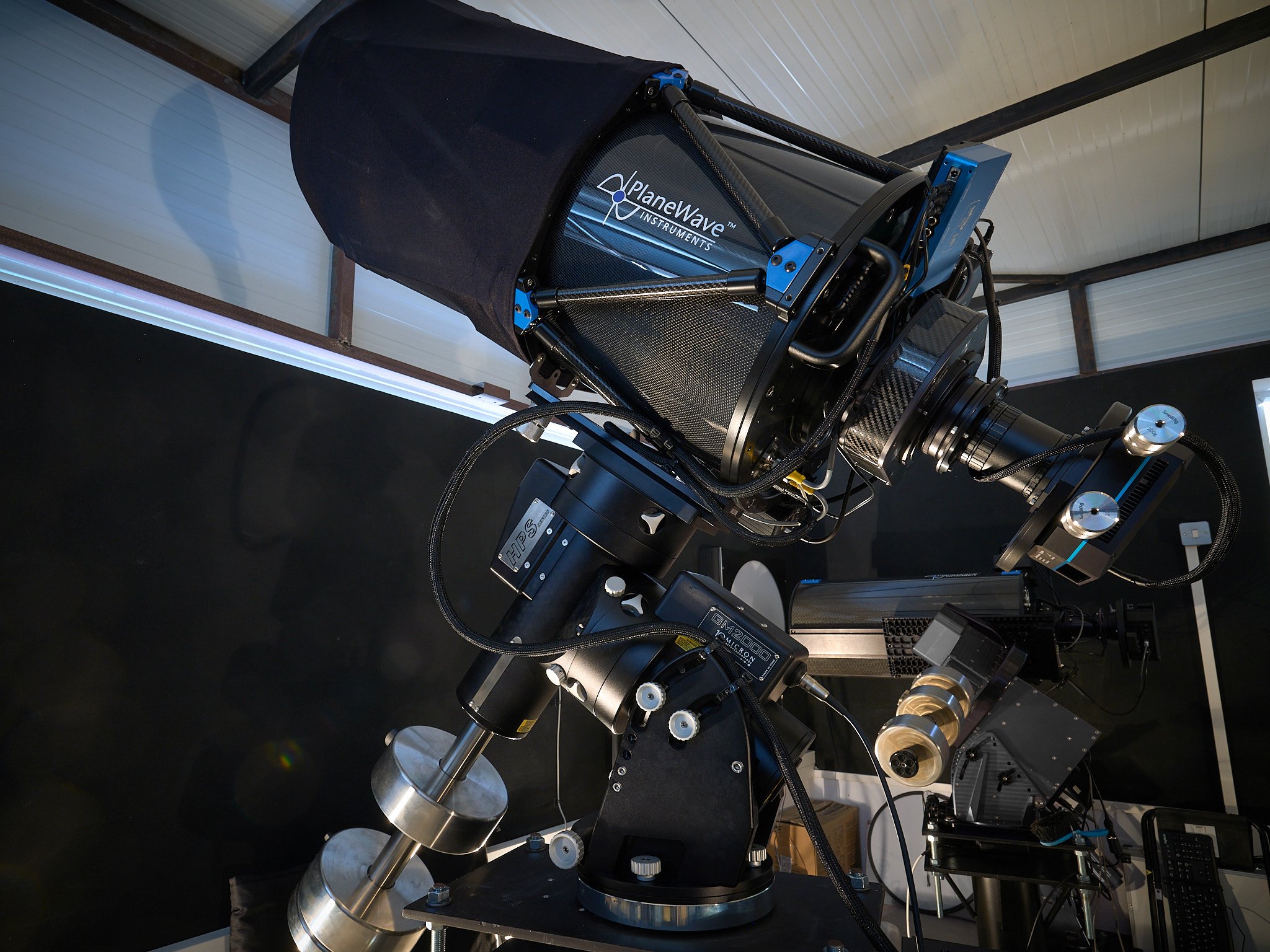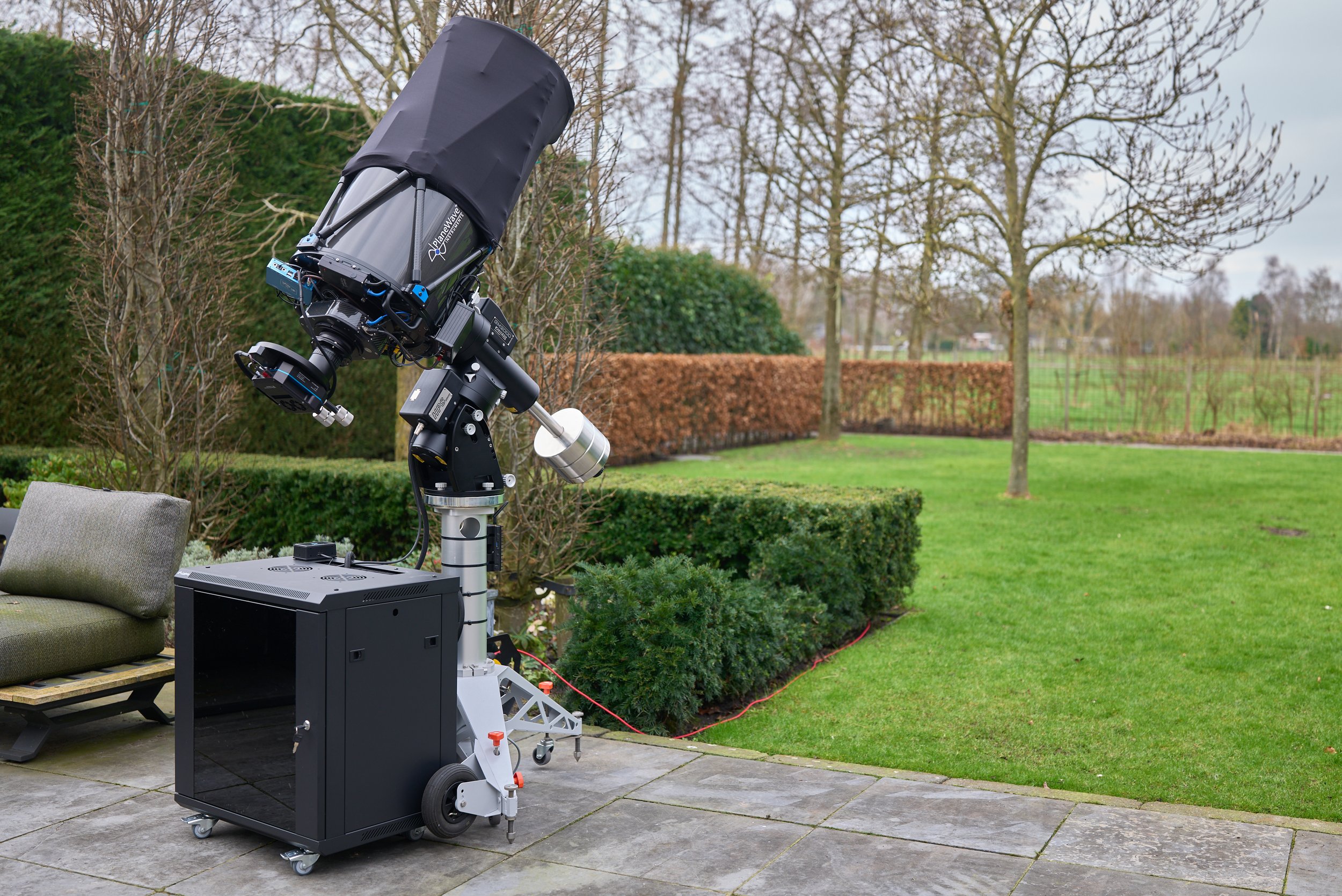
Blog
Articles on workflow and processing, experiences with equipment, or just general stories related to astronomy or astrophotography.

Year in Summary 2024
The year 2024 marked a significant change in my astrophotography hobby, by moving one of my setups to a remote hosting facility in Spain. This resulted in an almost 10-fold increase in activity and 39 published images. Check out this blog for the details.

How bad is oversampling?
My system at the remote observatory is highly over-sampled. How bad is that, and does it make sense to bin the data? This blog will answer those questions, based on a recent image of the Crescent Nebula. This also allowed a comparison with historic and properly sampled data.

Removing Colour artefacts from OSC images
When processing OSC images several colour artefacts keep coming back. In most cases it is not very difficult to remove them in post-processing. In this blog some tips and tricks with examples and workflow on how to remove some of them.

Moving to a Remote Hosting Site - Part 4: Installation
After six years of imaging from my backyard, the decision was made to move one of the rigs to a remote hosting site. In a number of blog-posts you can follow along on this journey. Part 1 is about goals, site selection and hard- and software. Part 2 is about design and remote controlling tools while in part 3 everything was put together and tested. This Part 4 is all about moving to and installation at the remote site, calibration and first light.

Moving to a Remote Hosting Site - Part 3: Ready to Ship
After six years of imaging from my backyard, the decision was made to move one of the rigs to a remote hosting site. In a number of blog-posts you can follow along on this journey. Part 1 described the goals, site selection and general considerations around software and hardware. Part 2 focused on the design and tools used to control the rig and how to do that remotely. Part 3 will show how everything has been built and tested. The system is now ready to be shipped.

Moving to a Remote Hosting site - Part 2: Command and Control
After six years of imaging from my backyard, the decision was made to move one of the rigs to a remote hosting site. In a number of blog-posts you can follow along this journey into the unknown. Part 1 was about goals and site selection. Part 2 describes the design and tools used to control the rig and how to do that remotely.
